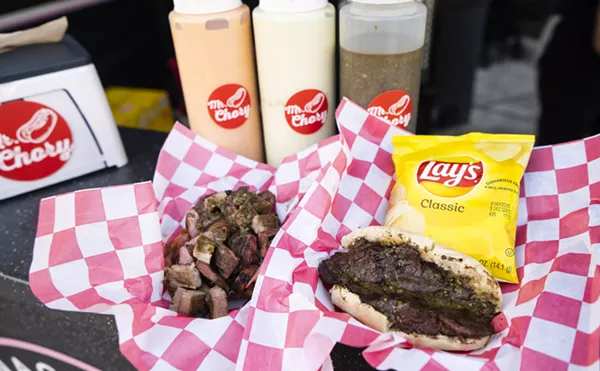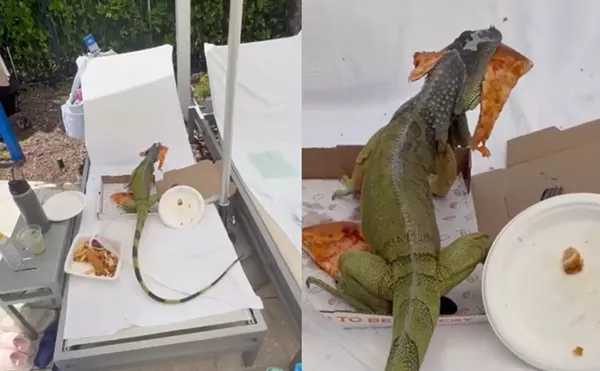Microgreens are the second stage of plant growth after the sprout. They were first only grown for and used in high end restaurants, but now they are becoming more widespread and utilized. Before you get started -- eating them or growing your own -- there are some things you should know.
Read also:
- How to Prepare Your Garden For a Tropical Storm or Hurricane
- So You Want to Be a Farmer -- Why?
Microgreen vs. Sprout
Many people confuse sprouts and microgreens, let me clear this up. Sprouts are the first stage of germination when the root first pops out. When you eat a sprout you are eating the sprouted seed and the root. Sometimes, like with alfalfa sprouts, they include the first leaves or pales. These leaves are not developed at this point, but typically sprouts are eaten when the root first emerges. Sprouts are grown in a jar or other container without soil. You first soak the seeds overnight (8hrs) and then you dump water and rinse the seeds, do this three times per day until seeds germinate.
Microgreens can be grown in soil or hydroponically, but I only grow in soil. I use a shallow tray and densely plant the seeds, about four to six seeds per square inch. Plants are grown and harvested with the first generic leaves, called cotyledons; these leaves look the same on plants from the same family. I typically wait until the first true leaves emerge; this gives the salad a bit more texture and color. Once the first true leaves come out, the tray is harvested. This process takes anywhere from one to three weeks, depending on the plant. Trays are harvested with scissors or electric trimmers and then tray is dumped and soil is recycled. Some plants can be harvested multiple times, but most are cut below the cotyledon and they will not grow back.
Here are some varieties I grow: lettuces, greens, mustards, radishes, beets, carrots, herbs, celery, corn, beans, clover, amaranth, and purslane.
Health Benefits of Microgreens
In nature the seed is stored energy and nutrients. By design the seed has enough nutrients to jump start a plant to life and feed it enough until it begins to photosynthesize and feed itself. So, if we harvest the plant at this young age, when it is still growing from the stored energy and nutrients, then we can benefit from these nutrients. Therefore, by eating microgreens we are eating and benefiting from an escalated amount of nutrients that the plant uses to shoot the stem and leaves up to the sun's light. So microgreens are super concentrated with vitamins and minerals.
Why So Expensive?
Micros are high in price because of the labor involved in filling trays, seeds cost, and because of the environment needed to grow them. One tray will have hundreds of seeds, possibly enough to plant a half an acre or more if you were growing to full size. The environment needs to be protected from the sun by using a shade cloth and also protection from heavy rains could be helpful. Some growers will use a fully automated greenhouse that controls light exposure, temperature, and air circulation. One way to combat the price is to grow them yourself, it is super easy and fun.
So next time you are eating microgreens think of all the work that went into growing the plants for such short time and also think about how healthy you are getting by eating them. Just think you could eat a small amount of micros or you could a large bowl of broccoli for the same amount of nutrients.
Read also:
- How to Prepare Your Garden For a Tropical Storm or Hurricane
- So You Want to Be a Farmer -- Why?
Support your local farmer; visit myfarmerjay.com, like Farmer Jay Pure organics on Facebook, or follow him on Twitter @FarmerJay1.
Follow @CleanPlateBPB












